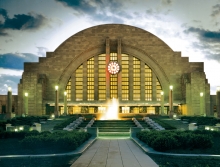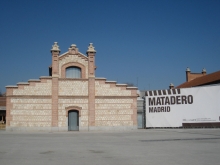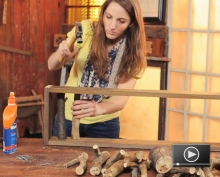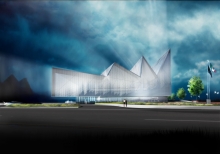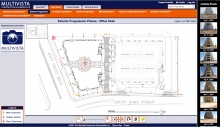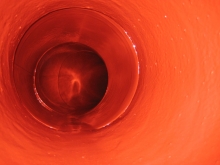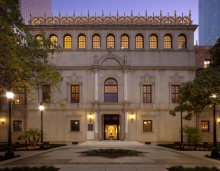This first in a five-part series on Glasgow’s Riverside Museum offers an overview of Zaha Hadid Architects' first major public commission in the United Kingdom. Follow Buildipedia throughout the month of March to read in-depth coverage of the building's various design and engineering systems.
Glasgow, Scotland, was built on the River Clyde. Having access to the Atlantic Ocean facilitated Glasgow’s ability to trade and, eventually, fostered the growth of a shipbuilding industry. This aspect of the area’s history is commemorated in a Transport and Technology Collection that is now housed in the Riverside Museum of Transport and Travel designed by Zaha Hadid Architects. The £74 million ($120 million) museum opened in June of 2011 and is Hadid’s first major public commission to open in the United Kingdom.


